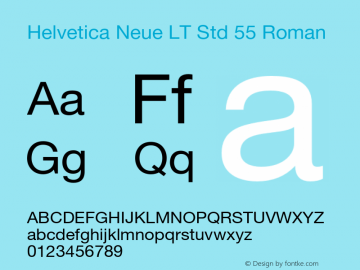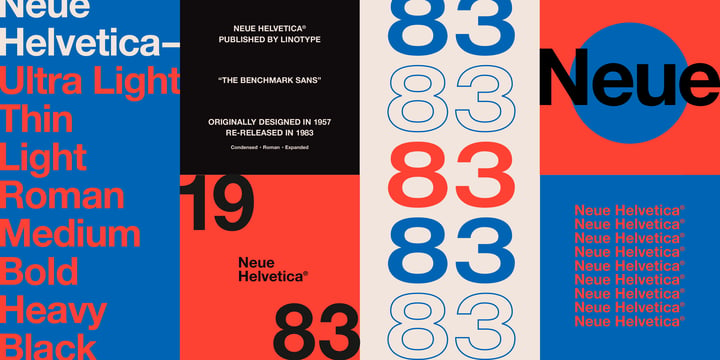

Helvetica neue light standard roman plus#
The Neue Helvetica family was expanded to a total of 51 versions, include eight weights plus italics for the regular width, obliques for the expanded versions, nine weights plus obliques for the condensed, as well as a bold outline version for the regular width.Due to its clean and clean texture, you may easily use this outstanding font for the ambitious heading, ebook covers, brand designs, cloth printing, official cards, precise emblems, and so on.Each weight and version of Neue Helvetica is identified by a number in addition to the weight name for easy reference (similar to Univers and Frutiger).In previous versions, the x-heights were all the same actual height, but, since type tends to look shorter as it gets heavier, the new x-heights compensate for this optical illusion. The x-height has been adjusted to appear optically the same in all weights.The cap heights are now consistent throughout the family, correcting subtle differences in the previous version.Some of the punctuation has been reworked and strengthened for better balance and improved reproduction.Figures have been widened, again to blend in with the other glyphs.Rounded characters have been given softer curves to better harmonize with the rest of the design. Some of the changes – from subtle to more obvious – made to the original Helvetica design include the following:

In 2004, Linotype released Neue Helvetica Pro, which is an OpenType version with expanded foreign language support. It was these modifications that led to the redrafting of Helvetica in 1983, when the complete family was carefully redrawn and expanded with additional weights, now a whopping 51 versions! The outcome, entitled Neue Helvetica, was a synthesis of aesthetic and technical refinements that resulted in improved appearance, legibility and usefulness. As technologies improved, these limitations were removed, allowing total design freedom. Refinements included adjusting character weights, proportions and spacing, all of which were sometimes compromised in earlier versions of the family in order to comply with inherent limitations of typesetting technologies of the day. Neue Helvetica was a re-working of the 1957 design in order to unify its structure, weights and widths, and was released in 1983 by D. (“Helvetia” was not chosen because a Swiss sewing machine company and an insurance firm had already taken the name.) It was then released by Linotype in 1957. The name “Helvetica” was a close approximation of “Helvetia,” the Latin name for Switzerland. The original Helvetica design was created by Max Miedinger in 1956 under the direction of Eduard Hoffmann, managing director of the Haas Type Foundry, and named “Neue Haas Grotesk.” The name was changed to Helvetica as it more closely embodied the spirit and heritage of the face. The typeface we now call Helvetica did not start with that name.

In fact, there is even a feature-length film about it entitled Helvetica, which is well worth viewing for designers and non-designers alike. True, it is available on virtually every computer, which makes it available to the masses, but it just works well in numerous environments leading to its use by even the most high-end design studios. government on federal income tax forms, as well as by NASA who selected the typeface for the space shuttle orbiters.
Helvetica neue light standard roman movie#
It’s been used for every typographic project imaginable, including print, signage, movie titles, the web and other digital media, and type in motion. Helvetica is one of the most popular and well-known sans serif typefaces in the world ever since its inception in 1957.


 0 kommentar(er)
0 kommentar(er)
